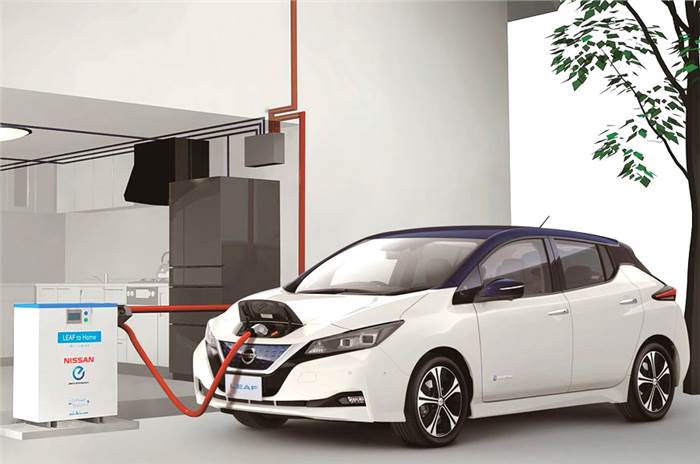A white paper on the adoption of electric vehicles in India by the Society of Indian Automobile Manufacturers (SIAM) states it will take India until 2047 to achieve complete electric mobility.
Submitted to the government, the white paper’s recommendations are in line with the Indian government’s aim of public electric mobility – 40 percent for personal electric mobility by 2030 and a complete shift to electric vehicles by 2047, the 100th year of India’s independence.
SIAM says it targets 100 percent of new vehicle sales to be electrified vehicles (battery electric and fuel cell vehicles) by 2047 by following the below roadmap:
- All new vehicle sales for intra-city public transport fleets to be electric vehicles by 2030;
- 40 percent of all new vehicle sales in the country to be electric vehicles by 2030;
- 60 percent of new vehicles sold in the country to employ greener technologies like hybrids and other alternate fuels by 2030;
- To ensure smooth phasing in of pure EVs and to sustain the transition to cleaner fossil fuel vehicles, the upgradation of the internal combustion engine must continue over the next decade or so. Progressively, cleaner fossil fuel vehicles would be an essential stepping stone on the road to the adoption of electric vehicles;
- Finally, all new vehicle sales to be electric vehicles by 2047.
In the process, the Indian automobile industry also aims to become a leading global hub for design, manufacture and export of electric vehicles supporting the government’s flagship ‘Make in India’ initiative.
SIAM president Dr Abhay Firodia said in a statement that to ensure this vision is realised, the industry, government and various stakeholders will need to collaborate and invest with 100 percent commitment.
He emphasised that the proposed policy measures in the white paper would be needed for creating a robust market and manufacturing eco-system for EVs in the country and such a policy must be sustained over time to remain stable to enable industry commit to investments with full confidence.
The policy should be necessarily adaptive in view of the nature of the technology which is fast evolving while at the same time must not bring sudden changes so as to allow outcomes in a planned manner and to ensure that the necessary transformation takes place with the minimum of disruption which may have socio-economic impact in terms of industrial growth, employment and livelihood of people in the auto industry.
Also see:
Government evaluating consumer incentives to support EV industry




Comments
Member Login
Personal Details
No comments yet. Be the first to comment.